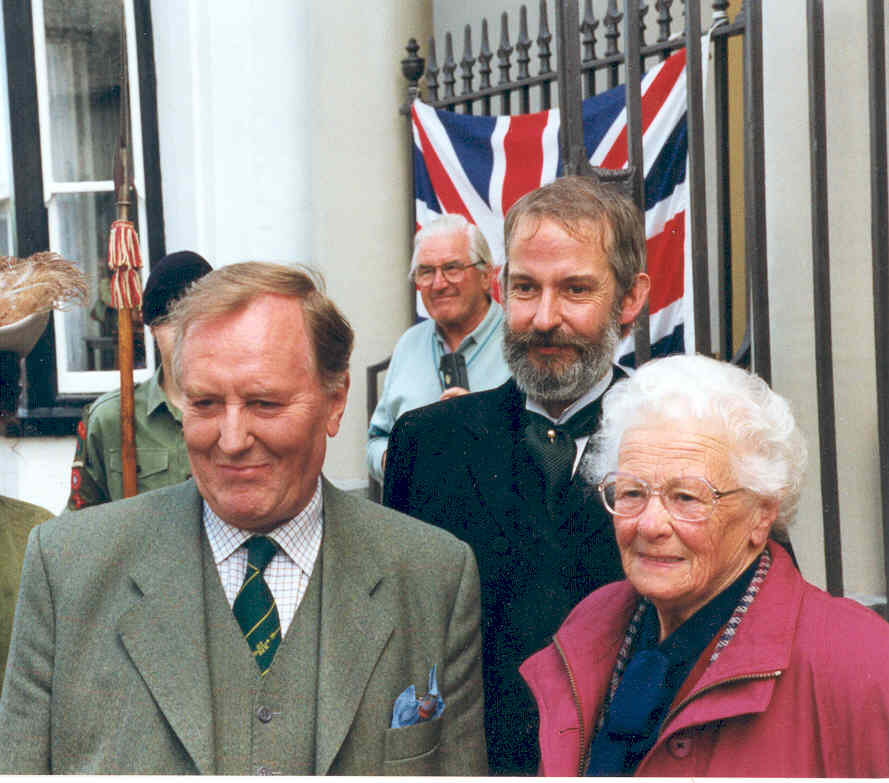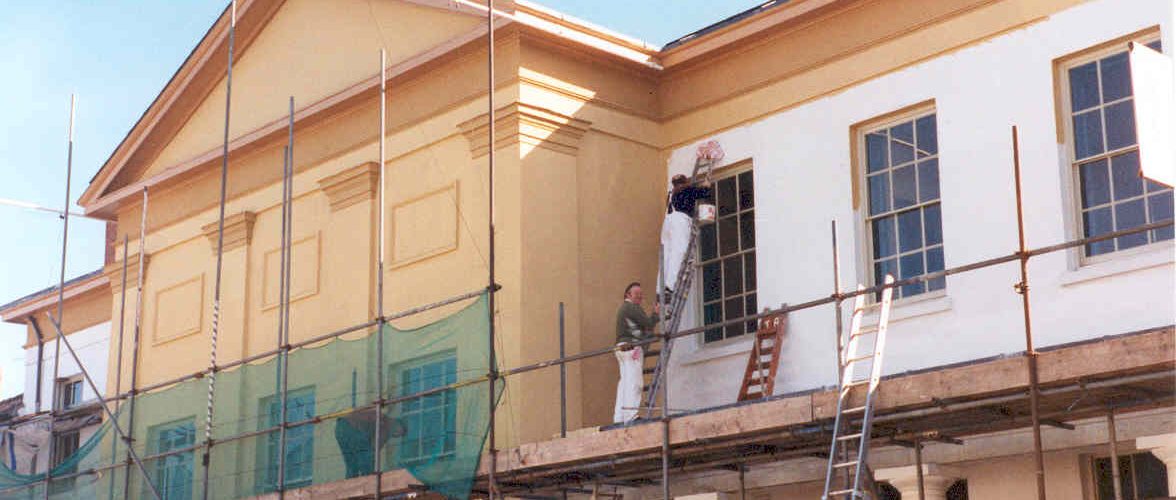The name given to the tight trousers worn by some Regency gentlemen, such as the notorious Beau Brummell and his ‘dandy’ followers, as they showed off their leg muscles.
Never throw anything away
Never throw anything away – it might prove useful one day. Thank goodness the Shire Hall housekeepers of the 20th century had believed this! The attics were full of broken furniture, glassware, a whole trunk full of silverware, and portraits. The future of the building was set. It was decided that it should be transformed back to its mid Victorian heyday, not just as a social history museum, but as a real working Victorian house. More and more came to light as the work started on the building- forgotten corners in the basement contained original water cans for filling the bath, whilst inside the electricity was gradually removed (there are some concealed emergency lights and plug sockets for cleaning!) and replaced with real fires, oil lamps, candles and gas.
Gas Lighting
Gas lighting was first introduced to the building in 1860, powered by the newly established gas works in Hereford Street. It was, however, fitted only in the basement, where the servants lived and worked – it was reported that ‘they should see how the thing worked first before incurring further expense’, ie. they were testing it out on the servants! It was eventually fitted in the courtroom, but was apparently considered too downmarket for the judge’s apartments, leaving the judges to struggle downstairs by candlelight to the one toilet!
Furnishing the rooms
Focus then moved to furnishing the rooms. All furnishings in need of repair were removed to restorers, whilst decoration took place. Samples of paintwork from the woodwork in each room were used to match new paints and, due to the complete stripping of all Victorian papers in the past, replica wallpapers were chosen for their colour compatibility and date. Each room within the lodgings themselves was furnished with a new carpet – all copied from Victorian originals (mainly from the V&A collection), with the Drawing Room carpet actually copying its surviving original (very threadbare and with a large hole cut from it) and new curtains hung at each window.
When it came to furnishing the rooms all the original pieces, freshly restored, were put back into their places. The more public rooms, such as the Dining Room and Drawing Room had survived well, but the private facilities, such as the bedrooms, bathroom and kitchen had suffered from continually being updated. The Victorian beds had been thrown away, the tin bath replaced by a new one and the kitchen, having been in continual use, had been modernised over the years, leaving cupboards, tables and one jelly mould! To replace the items lost, the antique shops of the surrounding area was searched for suitable items, with local provenance being sought wherever possible and 74 pieces arrived on loan from The Museum of Welsh Life, St Fagan’s, many of which actually came from Presteigne originally. The rooms were then ready for their new life as a living museum.
The building comes back to life
The next task was to bring the houseback to life. An audio tour was recorded in which the Victorian inhabitants of the building tell of their life – from Mary the hardworking maid, to Richard Lister Venables, Chairman of the Magistrates and employer of famous Victorian diarist, Francis Kilvert. Local people were used for the servants voices, to provide real Radnorshire accents, with Mr Venables being played by the distinguished voice of actor Robert Hardy. Mr Venables reminisces about all the changes he has seen in this life – the railway, photography, gas lighting to name a few; Mary gets tired carrying the water for the bath up the 41 steps from basement to bathroom; the cook shows where the servants live and work, whilst poor William Morgan complains about the rats in his cell to Constable Rogers. The Courtroom itself was given its own sound system which plays a dramatisation of the 1860s trial of William Morgan, accused of stealing ducks from Llanshay Farm in Knighton. The building and its history has been put into context with exhibition rooms introducing Presteigne and its surrounding area called ‘Neither Wales nor England’ and the old Presteigne Museum collection has a new home in its own room. To finish it off, it was decided to make a ‘hands on’ policy for the building – everything works and can be touched.
The Grand Opening
On 24th May 1997, Robert Hardy stepped out of his horse-drawn 1860s carriage, cut the ribbon and declared the building open. Although The Judge’s Lodging’s life has started anew, judges do still visit, but this time it is to share a bit of their profession’s history with family and friends! Robert Hardy is seen here with the restoration’s historical consultant, Dr Charles Kightley, and Mrs Rowe, last housekeeper to the judges.

Find out more about Presteigne’s past and crime & punishment in Radnorshire at the Powys Digital History Project
